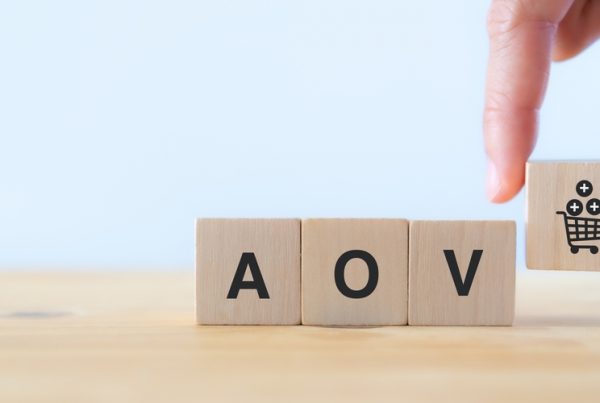Table of Contents
An Attribution Model is a set of rules that allows you to determine which marketing channel gets credit for each conversion that occurs on your site. Being an ECommerce business, the entire point is to make sales. There are multiple digital avenues that you can use to promote your brand, products, and services. The Attribution model helps you gauge the performance of each.
Here is a detailed explanation of each model and when to use them from the best E-Commerce development company in Chennai.
Last-Click Attribution model:
The last-click attribution model is the default model. It assigns the entire credit of the conversion to the last clicked channel through which the visitor accessed your site.
Say a user comes across a new brand on Facebook, click on the link and check out the products. Later they google some reviews about the brand. Finally, they make a purchase while accessing the website via Google ads. The credits for the purchase will be assigned to Google Ads, even though it was the Facebook ad that brought the user’s attention to the brand. If they cut down on Facebook ads, the brand will surely face a decrease in conversions. But this model can still be used if you are using limited channels of advertising and you cater to a very niche crowd.
First Click Attribution Model:
The First Click Attribution model is the polar opposite of the Last click attribution model. It gives the entire credit to the first point of contact that the user has with the site. Say a user found an Instagram ad for the website, clicked on it, but didn’t take any action. Further, they looked up the site on Google, finally reaching the site via Google ads. The model gives the credit to the Instagram ad even though it didn’t result in a conversion.
This attribution model can be used to understand which marketing channel is creating the most awareness about your brand. E-Commerce development companies in Chennai use this model as an indicator of where your target audience is active. This model works well if you are looking to connect with more new customers.
Linear Attribution Model:
The linear attribution model gives credit to every marketing channel where a visitor had access to your site, regardless of which channel brought about the conversion. Equal credit is given to all the channels.
For example, a potential customer saw the first ad for your site on Facebook and clicked on it to check it out. Later they got retargeted by your email campaign. They did some further research on google. Finally, they visited the site through a google ad and made a purchase. The customer journey brought them through 4 marketing channels and each of them is given 25% of the credit.
The downside is you cannot determine which of the channels is bringing you customers and which are secondary points of access.
Time Decay Attribution model:
The time decay attribution model assigns the most credit to the marketing channel that was accessed closest to the purchase. The older ones are given less credit. If the customer first saw the ad on Instagram, then got a retargeting mail and then finally made the purchase via a google ad, then the google ad gets the most credit say 60%, the mail gets 30% and the Instagram ad 10%.
E-Commerce website designing companies in Chennai use this model when the purchase cycle is complicated with multiple channels. This gives you a fair idea of which channels you must keep investing in while making the others your secondary advertising avenue. But fair warning it can make you undervalue the first channel that brought them to your site.
Position-based Attribution Model:
The position-based attribution model is a combination of the linear and time decay models. It gives high and equal credits to the first and last marketing channels accessed by the user and distributes the remaining credits equally between the ones in between.
If the user journey was from Facebook ads to email campaigns to google and google ads, then Facebook ads and google ads will be assigned something like 40% credits each. Email and google will get 10% each. This model works best with low-value brands or low-value products, that have a fairly simple decision-making process.
Data-Driven Attribution model:
The data-driven attribution model employs machine assigned credits based on how much the particular channel contributed towards the purchase decision. This is highly technical and near accurate with deep machine learning. However for your business to be eligible for the data-driven attribution model, you need to have achieved at least 15,000 clicks and 600 conversions over the past 30 days.
Each attribution model is unique and has its benefits. If you meet the requirements for the Data-Driven Model then we recommend that you take it. Most businesses can run with a Linear Attribution Model comfortably as long as they use only 3-4 marketing channels. If it’s more than 4 channels but you are not eligible for data-driven, then choose the Position-Based Attribution Model. If you still have trouble figuring out which model is for you, book a consultation with Open Designs. We are one of the top 10 E-Commerce companies in Chennai and are experts in Digital marketing and brand consulting too.









